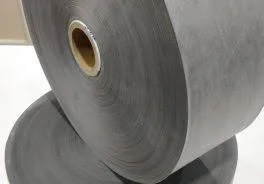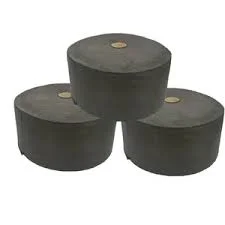Melt blown carbon cloth is a specialized material known for its unique properties and wide range of applications across various industries. Combining the benefits of melt blown technology with activated carbon, this cloth offers exceptional filtration, absorption, and adsorption capabilities. In this blog, we will delve into the features of melt blown carbon cloth and explore its common applications in different fields.
The Features of Melt Blown Carbon Cloth
Melt blown carbon cloth is characterized by several key features that make it a preferred choice for many applications:
1.Filtration Efficiency: Melt blown carbon cloth has a high filtration efficiency due to its fine fibers and porous structure. It can effectively capture particles, contaminants, and impurities from air, water, and other fluids, making it ideal for filtration applications.
2.Adsorption Capacity: The activated carbon in melt blown carbon cloth enhances its adsorption capacity, allowing it to adsorb odors, gases, and volatile organic compounds (VOCs). This feature makes the cloth suitable for air purification, water treatment, and odor control.
3.Chemical Resistance: Melt blown carbon cloth exhibits excellent chemical resistance, making it suitable for applications where exposure to corrosive substances or harsh environments is a concern. It can withstand a wide range of chemicals without compromising its filtration or adsorption properties.
4.Thermal Stability: The thermal stability of melt blown carbon cloth enables it to maintain its performance under high temperatures, making it suitable for applications involving heat or thermal processing. This feature expands its potential uses in industrial and manufacturing settings.

The Common Applications of Melt Blown Carbon Cloth
Melt blown carbon cloth finds diverse applications in various industries and fields due to its unique properties and versatility. Some common applications include:
1.Air Filtration: Melt blown carbon cloth is used in air filters for HVAC systems, automotive cabin air filters, and respirators to remove airborne particles, allergens, and pollutants. The cloth's filtration efficiency and adsorption capacity contribute to improved indoor air quality and respiratory protection.
2.Water Treatment: Melt blown carbon cloth is employed in water filtration systems, including point-of-use filters, drinking water filters, and wastewater treatment plants. It can effectively remove impurities, chlorine, volatile organic compounds, and other contaminants from water, ensuring clean and safe drinking water.
3.Odor Control: Melt blown carbon cloth is utilized in air purifiers, activated carbon filters, and odor control systems to eliminate odors, smoke, and volatile organic compounds from indoor environments. The cloth's adsorption properties help neutralize unwanted smells and maintain fresh air quality.
4.Industrial Applications: Melt blown carbon cloth is used in various industrial applications, such as gas masks, protective clothing, chemical filters, and industrial air purification systems. Its chemical resistance and adsorption capabilities make it suitable for environments with hazardous substances or pollutants.
5.Environmental Remediation: Melt blown carbon cloth is employed in environmental remediation projects to treat contaminated soil, groundwater, and air. It can adsorb and remove pollutants, heavy metals, and organic compounds, contributing to environmental cleanup and restoration efforts.

Conclusion
In conclusion, melt blown carbon cloth is a versatile material with a wide range of applications in air filtration, water treatment, odor control, industrial processes, and environmental remediation. Its unique combination of melt blown technology and activated carbon provides enhanced filtration efficiency, adsorption capacity, and chemical resistance for diverse uses. Understanding the common applications of melt blown carbon cloth can help in exploring its potential benefits and innovative solutions in addressing filtration, purification, and remediation challenges across different industries and sectors.
Understanding the Role of Melt Blown Carbon Cloth in Filtration Systems
